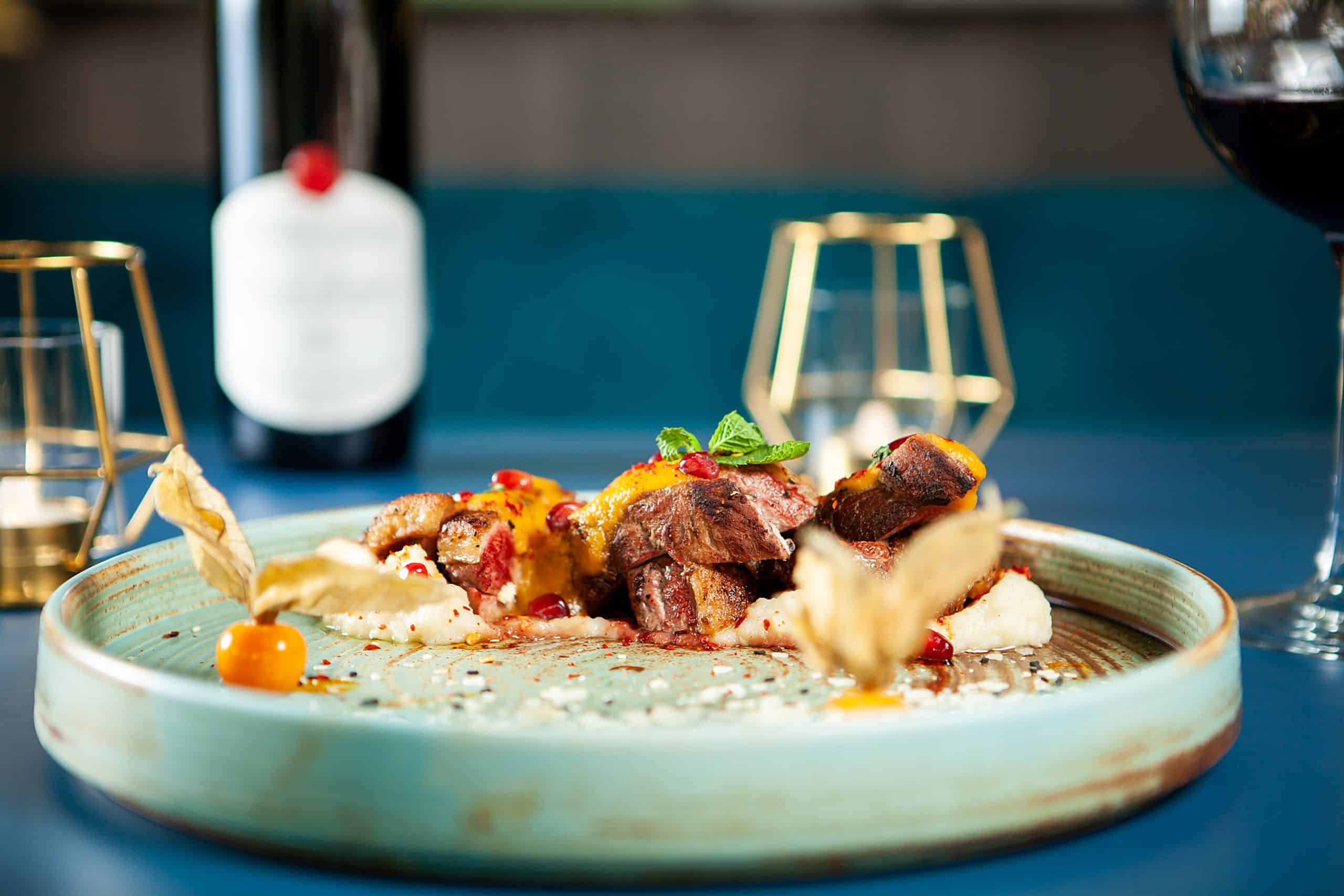What’s the Key to a Succulent and Flavor-Packed Gourmet Beef Bourguignon?

There’s nothing like sinking your teeth into a mouthwatering beef bourguignon, steeped in robust flavors, tender meat, and a decadent wine sauce. The recipe originates from the Burgundy region of France – hence the name ‘bourguignon’, which translates to ‘from Burgundy’. But what’s the magic formula to crafting this delectable treat? Let’s delve into the intricacies of cooking beef bourguignon, and soon, you’ll be stirring up this hearty dish with equal measures of love and expertise.
Ingredients: The Foundation of Flavor
The first step towards a succulent beef bourguignon lies in selecting the right ingredients. The primary components, of course, are beef, onions, bacon, and mushrooms. The choice of beef is crucial; opt for a cut that holds up to the long cooking time, like chuck or brisket. Don’t skimp on the quality; it will determine the taste and tenderness of your stew.
A lire aussi : Can You Bake a Gourmet Almond Croissant with a Frangipane Filling?
For the onions, choose yellow or white ones to add a delicate sweetness to your dish. The mushrooms not only offer a unique texture but also infuse the stew with an earthy flavor. And bacon, while optional, gives the stew a smoky undertone that accentuates the meaty flavor.
Preparing the Meat: The Secret to Tender Beef
The proper preparation of the meat is paramount. Start by cutting your beef into large cubes. This size will allow the pieces to retain their structure and not disintegrate during the long cooking process.
Dans le meme genre : How to Craft a Perfect Espresso Martini with Freshly Brewed Coffee?
Before you add the beef to the pot, heat it over medium heat until hot but not smoking, then brown the meat on all sides. This step, also known as searing, boosts the flavor by creating a rich, caramelized crust on the meat’s surface. Remember, you’re looking for a deep, dark sear for the most flavor.
Cooking the Beef Bourguignon: The Art of Slow Cooking
The real beauty of beef bourguignon lies in its slow-cooked, wine-soaked goodness. This is not a dish to be rushed. The ideal beef bourguignon takes time, patience, and a low, slow heat.
Your chosen red wine is critical to the dish’s character. It is recommended to use a full-bodied red wine, such as a Burgundy or a Pinot Noir, as these wines have the depth of flavor necessary for this rich stew. Pour the wine over the seared meat and vegetables, then bring the dish to a simmer.
The oven is your best friend for this recipe. Cover your pot and place it in a preheated oven at a low temperature for a slow and even cook. This method allows the flavors to meld together and the beef to become fork-tender.
A good rule of thumb for cooking time is 2 hours, but feel free to adjust based on the tenderness of your meat. If your beef isn’t as tender as you’d like after this time, just keep it in the oven, checking every 30 minutes until it’s cooked to your satisfaction.
Adding the Flour: The Key to a Perfectly Thickened Stew
To achieve the perfect consistency for your beef bourguignon, flour is an essential ingredient. This addition serves as a thickening agent, giving your stew the desired hearty texture.
Before adding the flour, remove the pot from the heat. Sprinkle the flour over the meat and vegetables, stirring until they’re coated. Then, return the pot to the heat and cook for a few minutes to eliminate any raw flour taste.
Seasoning Your Stew: Salt and Heat
The role of salt in cooking is to enhance the natural flavors of the ingredients. A well-seasoned beef bourguignon is a delight to your taste buds, with each spoonful offering a burst of flavor.
Add salt in small increments throughout the cooking process, tasting as you go. This method allows each layer of the dish to be seasoned, resulting in a well-rounded flavor profile.
Likewise, the use of heat should be considered. Heat not only refers to the actual temperature of the dish but also to the use of spices. A hint of black pepper or a dash of cayenne can add a subtle kick to your beef bourguignon, making it truly unforgettable.
Now that you have these secrets in hand, you’re well on your way to creating a beef bourguignon that is not only succulent and flavor-packed but also a true reflection of your culinary prowess. Happy cooking!
The Importance of Pot and Technique: Dutch Oven and Instant Pot
The type of pot you use for making your beef bourguignon can greatly influence the outcome of your dish. A Dutch oven is highly recommended for this recipe, thanks to its heavy bottom and tight, heat-trapping lid. This classic cookware allows for even heat distribution and retains the necessary moisture, guaranteeing a tender and juicy beef bourguignon.
An Instant pot, or any other pressure cooker, can be a fantastic alternative for those who want to save time without sacrificing flavor. With its high-pressure environment, it significantly reduces the cooking time while still delivering a rich and succulent beef stew. Remember, though, that the flavors might not reach the deeply developed taste of a dish that has been slow-cooked.
When using a Dutch oven or an Instant pot, a proper searing technique is crucial. Keep the pan over medium heat, add a bit of olive oil, and once the oil is hot, add the beef. The goal is to create a deep caramelized crust, which will enhance the beef’s flavor and prevent it from drying out during the long cooking process.
Essential Extras: Pearl Onions, Beef Broth, and Fresh Herbs
While beef, red wine, and mushrooms are the major players in a classic beef bourguignon, there are other ingredients that add depth and complexity to the dish. Enter pearl onions, beef broth, and fresh herbs.
Pearl onions, when added to the pot, lend a sweet, caramel-y note that marries well with the richness of the beef and red wine. They also provide a nice textural contrast to the soft, tender beef and mushrooms.
Beef broth is another key ingredient. It not only adds flavor but also contributes to the stew’s glossy, mouth-coating quality. For a vegan beef bourguignon, replace beef broth with a robust vegetable broth, and use a vegan beef substitute.
Fresh herbs, like bay leaves and thyme, are important for infusing the stew with a floral, earthy aroma. Don’t forget to add a dollop of tomato paste for a hint of acidity and umami depth.
Conclusion: Serving Your Beef Bourguignon
After hours of slow cooking, your beef bourguignon has transformed into a rich, hearty stew. Now, it’s time to serve it up with your choice of accompaniments.
For a traditional French meal, serve your bourguignon beef with simple, buttery mashed potatoes. The creaminess of the potatoes complements the robust, meaty stew, making for a truly comforting meal.
For a fresher approach, pair your beef bourguignon with a crisp green salad or some roasted vegetables. And if you’re a fan of Julia Child, you might choose to enjoy your beef bourguignon with some crusty French bread, just as she did.
Regardless of how you serve it, remember to garnish with a bay leaf or some fresh parsley for a touch of color and a burst of freshness.
In the end, the key to a succulent and flavor-packed beef bourguignon lies not just in the ingredients or the cooking technique but in the love and patience you invest in the process. Whether you choose to slow cook it in a Dutch oven or whip it up faster in an instant pot, remember that every step— from searing the chuck roast to simmering the stew— is part of the culinary journey. This is more than just a beef stew; it’s a testament to the magic of slow-cooked, heart-warming food. Bon appétit!
